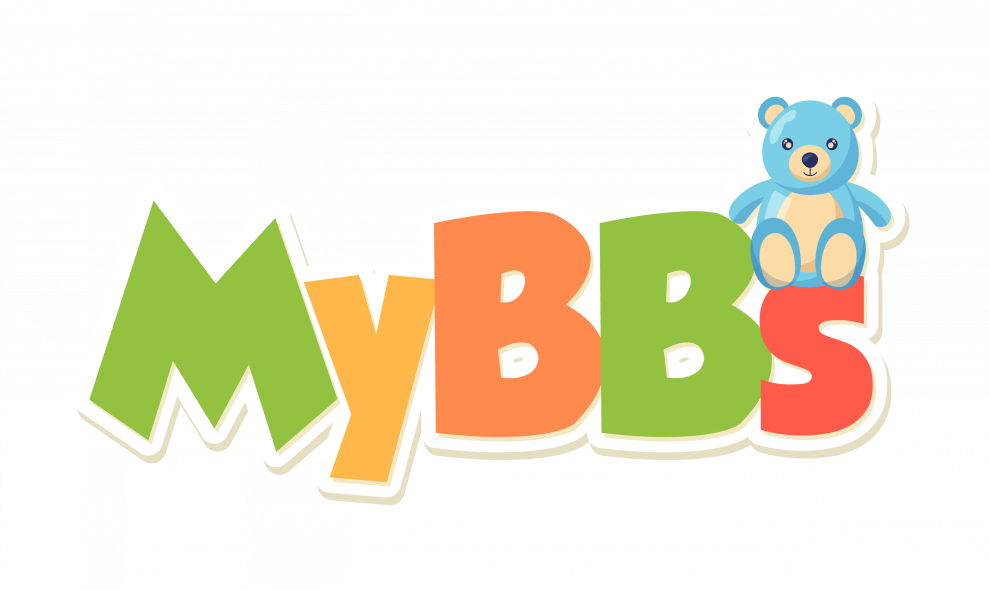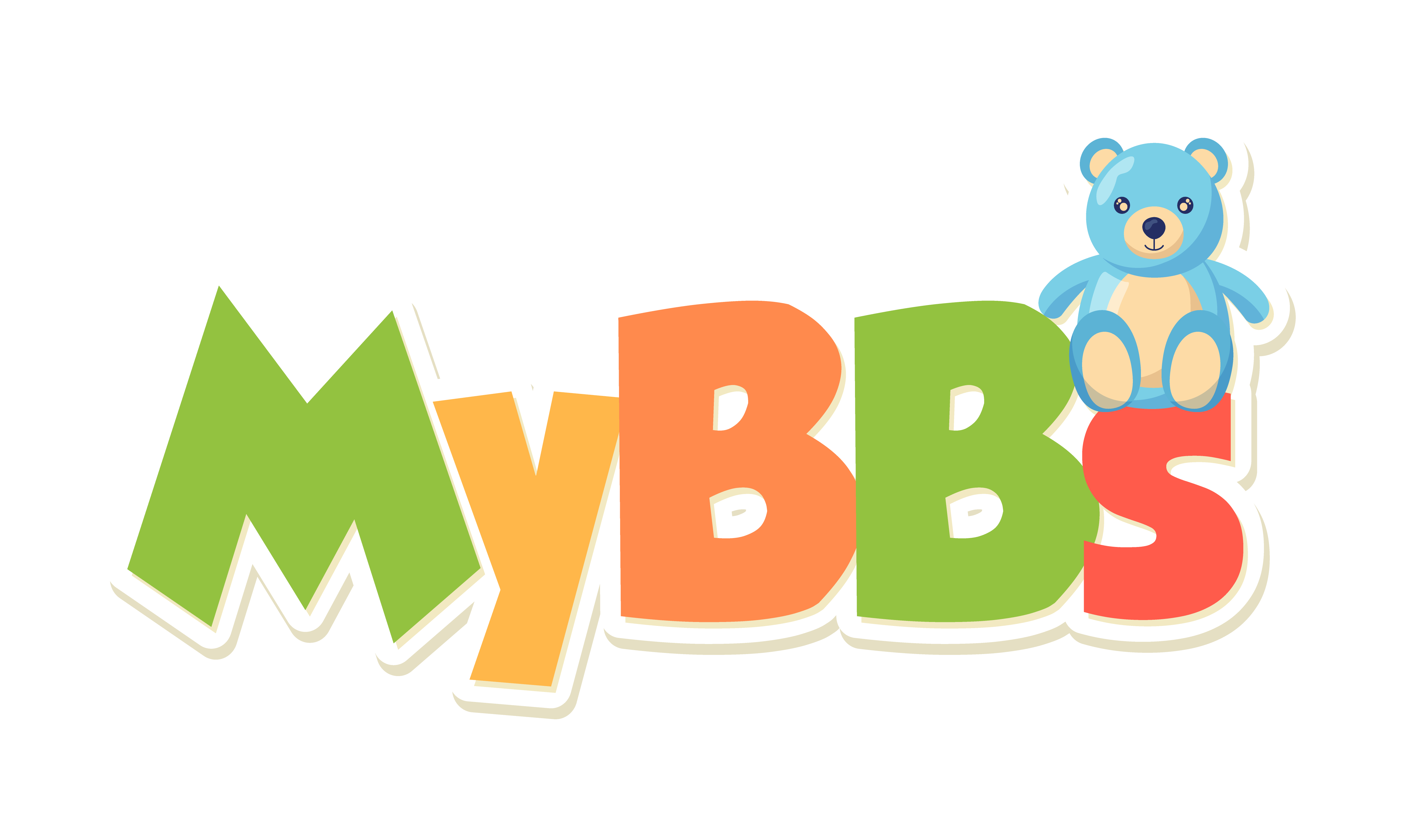All About Ty Beanie Babies
Beanie Baby Grading System: Shop Ty Beanie Babies
The world of Ty Beanie Babies is a fascinating and intricate one, filled with a variety of unique and adorable plush toys. Each Beanie Baby has its own personality and story, making them not just toys, but collectibles with a rich history and a vibrant community of enthusiasts. In this glossary article, we will delve deep into the Beanie Baby grading system, an essential aspect of the Beanie Baby universe that helps determine the value and collectability of these beloved toys.
Understanding the Beanie Baby grading system is crucial for both collectors and casual enthusiasts. It allows you to appreciate the quality and condition of a Beanie Baby, and can significantly impact the value of your collection. Whether you’re a seasoned collector or a newcomer to the world of Beanie Babies, this comprehensive guide will equip you with the knowledge you need to navigate the Beanie Baby grading system like a pro.
Introduction to Beanie Baby Grading
The Beanie Baby grading system is a standardized method of assessing the condition of a Beanie Baby. It takes into account various factors such as the toy’s physical condition, the condition of its tag, and its overall cleanliness. The grading system is used by collectors and sellers to determine the value of a Beanie Baby, with higher grades indicating better condition and thus higher value.
Grades are usually expressed as a numerical value, with 10 being the highest possible grade. A Beanie Baby with a grade of 10 is considered to be in mint condition, with no signs of wear or damage. On the other hand, a Beanie Baby with a lower grade may have visible signs of wear or damage, which can reduce its value.
Importance of Grading
Grading is an essential part of the Beanie Baby collecting process. It helps collectors determine the value of their Beanie Babies, and can be a deciding factor when buying or selling a Beanie Baby. A Beanie Baby with a high grade can fetch a higher price in the market, making grading a crucial aspect of the Beanie Baby trade.
Furthermore, grading can also help collectors maintain the condition of their Beanie Babies. By understanding the grading system, collectors can take appropriate steps to preserve the condition of their Beanie Babies and prevent any damage that could lower their grade.
Grading Factors
The Beanie Baby grading system takes into account several factors. The physical condition of the Beanie Baby is the most obvious factor, with any signs of wear or damage resulting in a lower grade. However, other factors such as the condition of the tag, the cleanliness of the Beanie Baby, and even its smell can also affect its grade.
Each factor is assessed individually, and the overall grade of the Beanie Baby is determined by the combined assessment of all factors. This comprehensive approach ensures that the grading system accurately reflects the overall condition of the Beanie Baby.
Understanding the Grading Scale
The Beanie Baby grading scale is a numerical system that ranges from 1 to 10, with 10 being the highest possible grade. Each grade represents a specific level of condition, with higher grades indicating better condition.
A Beanie Baby with a grade of 10 is considered to be in mint condition, with no signs of wear or damage. Such a Beanie Baby is extremely rare and can fetch a high price in the market. On the other hand, a Beanie Baby with a lower grade may have visible signs of wear or damage, which can reduce its value.
Grades 9 to 10: Mint Condition
A Beanie Baby with a grade of 9 to 10 is considered to be in mint condition. This means that the Beanie Baby is in perfect or near-perfect condition, with no signs of wear or damage. The tag is also in perfect condition, with no creases or tears.
Beanie Babies in mint condition are highly sought after by collectors, and can fetch a high price in the market. However, they are also extremely rare, as maintaining a Beanie Baby in mint condition requires careful handling and storage.
Grades 7 to 8: Near Mint Condition
A Beanie Baby with a grade of 7 to 8 is considered to be in near mint condition. This means that the Beanie Baby is in excellent condition, with only minor signs of wear or damage. The tag may have minor creases or tears, but is otherwise in good condition.
Beanie Babies in near mint condition are also highly sought after by collectors, and can fetch a good price in the market. They are more common than Beanie Babies in mint condition, but still require careful handling and storage to maintain their condition.
Professional Grading Services
While it’s possible to grade Beanie Babies yourself, many collectors prefer to use professional grading services. These services have trained experts who can accurately assess the condition of a Beanie Baby and assign it a grade. Using a professional grading service can provide a more accurate and reliable assessment of a Beanie Baby’s condition.
There are several professional grading services available, each with their own grading standards and procedures. Some of the most popular Beanie Baby grading services include the Beanie Babies Price Guide, Beanie Babies Value Guide, and Beanie Babies Collector’s Guide.
Benefits of Professional Grading
Using a professional grading service has several benefits. First and foremost, it provides a more accurate and reliable assessment of a Beanie Baby’s condition. This can be especially useful when buying or selling a Beanie Baby, as it ensures that you’re getting a fair price.
Furthermore, professional grading services often provide a certificate of authenticity with each graded Beanie Baby. This certificate can serve as proof of the Beanie Baby’s condition and grade, making it a valuable addition to any Beanie Baby collection.
Choosing a Grading Service
When choosing a grading service, it’s important to consider their reputation and grading standards. Look for a service with a good reputation in the Beanie Baby community, and make sure their grading standards align with your own. You should also consider the cost of the service, as grading fees can vary widely between different services.
Finally, consider the turnaround time of the service. Some grading services can take several weeks to grade a Beanie Baby, while others offer expedited services for an additional fee. Choose a service that fits your needs and budget.
Grading Beanie Babies Yourself
While using a professional grading service can provide a more accurate and reliable assessment of a Beanie Baby’s condition, it’s also possible to grade Beanie Babies yourself. This can be a fun and rewarding process, and can help you develop a deeper understanding and appreciation of your Beanie Baby collection.
However, grading Beanie Babies yourself requires a keen eye and a thorough understanding of the grading system. You’ll need to carefully examine each Beanie Baby and assess its condition based on the grading factors. This can be a time-consuming process, but it can also be a great way to learn more about your Beanie Babies and their value.
Tools for Grading
When grading Beanie Babies yourself, it’s helpful to have the right tools. A magnifying glass can help you examine the Beanie Baby in detail, and a soft cloth can be used to gently clean the Beanie Baby. You may also want to have a grading guide or checklist on hand to help you assess each grading factor.
Remember to handle your Beanie Babies gently when grading them. Beanie Babies are delicate and can be easily damaged, so it’s important to handle them with care. Always wash your hands before handling your Beanie Babies, and avoid touching them with dirty or oily hands.
Steps for Grading
The first step in grading a Beanie Baby is to examine its physical condition. Look for any signs of wear or damage, such as stains, tears, or missing parts. Pay particular attention to the Beanie Baby’s fur, as this is often the first area to show signs of wear.
Next, examine the Beanie Baby’s tag. The tag is an important part of the Beanie Baby’s value, and any damage to the tag can significantly reduce its grade. Look for any creases, tears, or writing on the tag.
Finally, assess the Beanie Baby’s cleanliness and smell. A clean, fresh-smelling Beanie Baby will receive a higher grade than a dirty or smelly one. If your Beanie Baby is dirty, you may want to consider cleaning it to improve its grade. However, be sure to use a gentle cleaning method to avoid damaging the Beanie Baby.
Preserving the Condition of Your Beanie Babies
Once you’ve graded your Beanie Babies, it’s important to take steps to preserve their condition. This can help maintain their value and ensure that they remain a cherished part of your collection for years to come.
There are several ways to preserve the condition of your Beanie Babies. One of the most effective methods is to store them in a cool, dry place away from direct sunlight. Sunlight can fade the Beanie Baby’s colors and damage its fur, so it’s best to keep your Beanie Babies in a dark, temperature-controlled environment.
Proper Storage
Proper storage is crucial for preserving the condition of your Beanie Babies. Avoid storing your Beanie Babies in damp or humid areas, as this can lead to mold and mildew. Instead, store your Beanie Babies in a cool, dry place away from direct sunlight.
It’s also a good idea to store your Beanie Babies in a protective case or bag. This can protect them from dust and other potential sources of damage. Be sure to choose a case or bag that’s large enough to fit your Beanie Baby without squishing it, as this can cause creases and other forms of damage.
Regular Cleaning
Regular cleaning is another important part of preserving the condition of your Beanie Babies. Dust and dirt can accumulate on your Beanie Babies over time, leading to stains and other forms of damage. Regularly cleaning your Beanie Babies can help prevent this damage and keep your Beanie Babies looking their best.
When cleaning your Beanie Babies, be sure to use a gentle cleaning method. Avoid using harsh chemicals or rough cleaning tools, as these can damage the Beanie Baby’s fur and reduce its grade. Instead, use a soft cloth and mild soap to gently clean your Beanie Babies.
Conclusion
Understanding the Beanie Baby grading system is crucial for anyone interested in these adorable plush toys. Whether you’re a seasoned collector or a casual enthusiast, this comprehensive guide has equipped you with the knowledge you need to navigate the Beanie Baby grading system like a pro.
Remember, the value of a Beanie Baby isn’t just determined by its grade. Each Beanie Baby has its own unique charm and personality, making it a valuable addition to any collection, regardless of its grade. So whether you’re grading your Beanie Babies for trade, sale, or simply for your own enjoyment, remember to appreciate them for the joy and happiness they bring.
Now that you’re well-versed in the Beanie Baby grading system, why not put your knowledge to the test? At MyBeanieBabies.com, we offer a treasure trove of Ty Beanie Babies, Beanie Boos, and Beanie Buddies, each with the charm and personality that make these toys a timeless addition to any collection. Whether you’re looking to relive cherished childhood memories or find the perfect toy for a special child in your life, our carefully curated selection is sure to delight. Don’t wait to experience the joy and imagination that comes with owning a Beanie Baby. Checkout our plush shop now and bring home a piece of the magic today!

